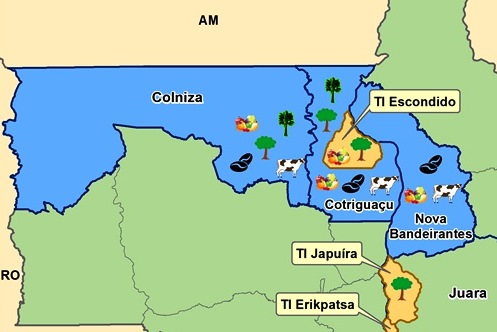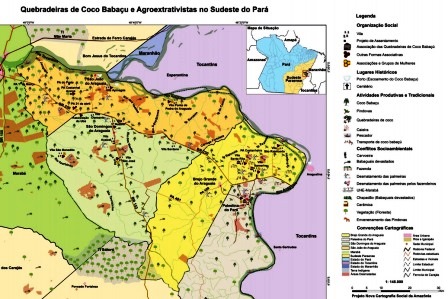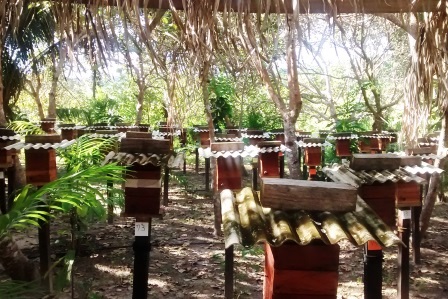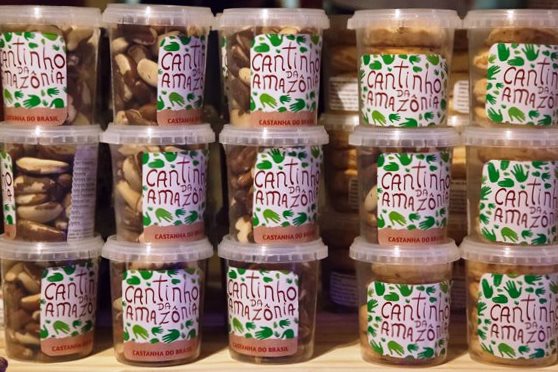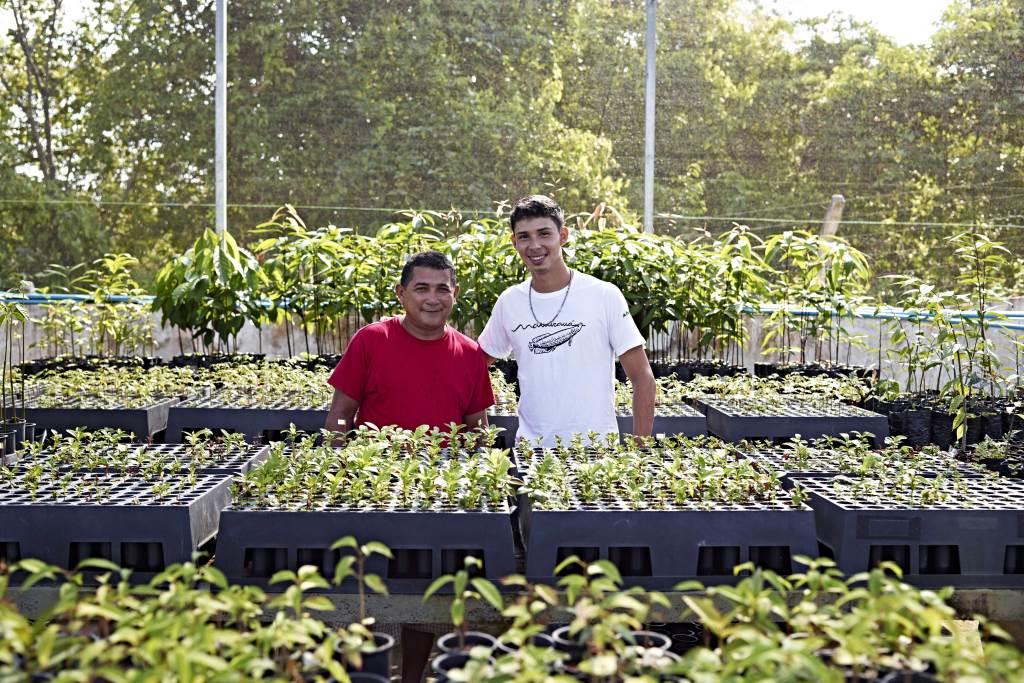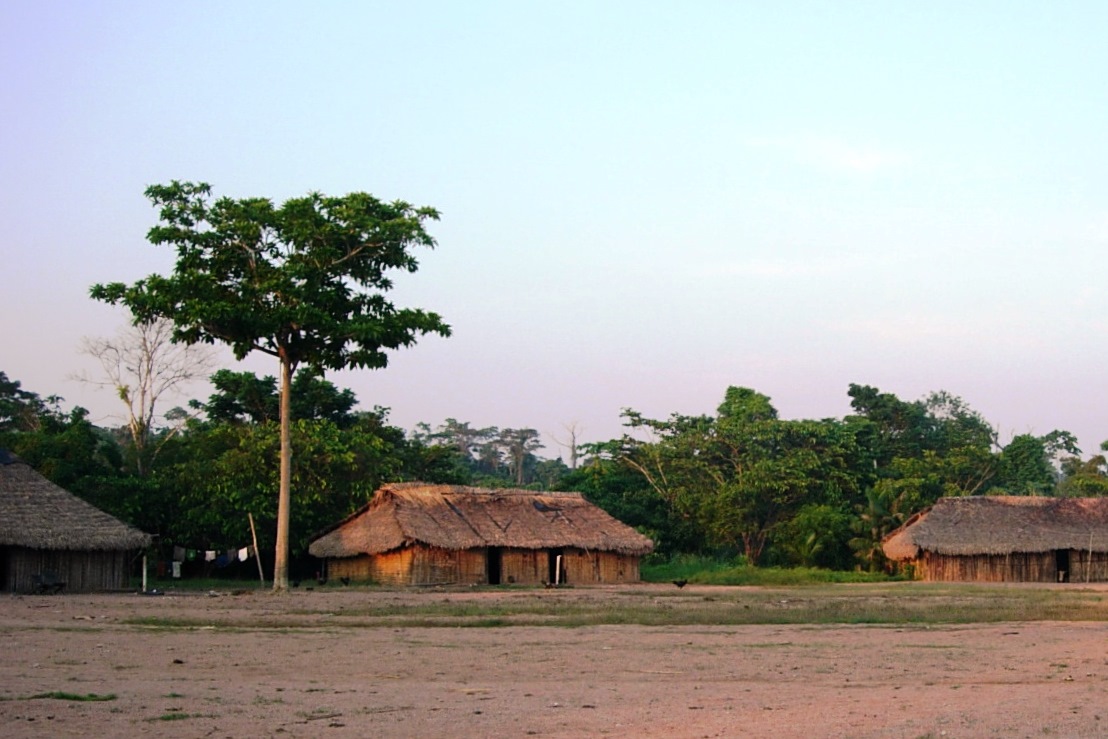INSTITUTIONAL AND ADMINISTRATIVE ASPECTS
The project was performed within the scope of the Center for the Valorization of Amazonian Bioactive Compounds (CVACBA) at PCT Guamá, in Belém (PA). The group of researchers, with undergraduate, masters and doctoral students, in addition to the professors, gathered about thirty people from UFPA’s Faculties of Biotechnology, Pharmaceutical Sciences, Food Science and Technology and Chemical Engineering. Work was also produced jointly with the Université Libre de Bruxelles and the Université Catholique de Louvain.
Founded in 1957, UFPA is one of the most important research and teaching institutions in the North region. With 14 institutes, seven nuclei, 36 university libraries, two university hospitals and one application school, the university houses a community of more than 50,000 people.
The PCT Guamá is the first technological park to operate in the Amazon. The target is to stimulate applied research, innovative entrepreneurship, service delivery and technology transfer for developing higher value-added and competitive products and services.
RESULT AND IMPACT INDICATORS
The project activities contributed to the results related to the "science, innovation and economic instruments" (4) component of the Amazon Fund’s Logical Framework.
Outcome 4.1: Technologies and knowledge for developing new products from bioactive compounds of plants typical of the Amazon biome produced and disseminated.
The main indicators agreed to monitor these objectives were:
- Number of patent applied for or deposited (effectiveness indicator)
Target: Not defined. Result achieved: two
As a project result, two patents were deposited in the National Institute of Industrial Property (INPI), one for a utility model and one for invention¹.
- Number of theses and scientific articles published (effectiveness indicator)
Target: not defined. Result achieved: 14
The project allowed the publication of eleven scientific papers and the defense of three theses, 13 dissertations, seven term papers and eight reports on scientific initiation.
- Number of pedagogical or informational publications (effectiveness indicator)
Target: not defined. Result achieved: 35
- Number of new products or technological processes developed (effectiveness indicator)
Target: 2. Result achieved: 10
- Number of new products or technological processes developed with effective application (effectiveness indicator)
Target: not defined. Result achieved: 6
- Number of plant species researched (efficacy indicator)
Target: 30. Result achieved: 31
- Laboratory area modernized (efficacy indicator)
Target: 160 m2. Result achieved: 200 m2
- Amount received due to provision of laboratory analysis services to third-parties (efficacy indicator)
Target: Not defined. Result achieved: R$ 165,248.85
- Number of researchers and technicians involved in activities of RD&I settled in the region (efficacy indicator)
Target: not defined. Result achieved: 6
The project investments and the scholarships funded with the Amazon Fund’s resources helped the CVACBA, located at PCT Guamá, provide quality control services for plant products destined to food, pharmaceutical, chemical, biotechnology and cosmetics industries. There was development of new products, such as the defatted açaí and the cosmetic formulation containing plant extract.
In addition to new products, new processing methods were developed for a cooperative involved in the project. The project provided technology transfer to the cooperative, improving monitoring and quality of production, notably açaí and cacao. For example, it is possible to highlight the optimization of the defatting of passion fruit seeds and the extraction of piceatannol, which is a high value-added compound due to its high antioxidant properties.
By providing complete infrastructure and research support, in addition to the direct participation of a cooperative (Cooperativa Agrícola Mista de Tomé-Açu – CAMTA) and of a company with a vocation for innovation (Amazon Dreams), the project contributed directly to a higher value-added byproduct, prepared from fruits of high natural occurrence in the region.
¹Patent: utility model. Registration number: BR2020170123419. Title: "Devices for collecting samples of gases produced in fermentation processes conducted in an open system". Deposit: 6/9/2017; and (ii) Patent for invention. Registration number: BR1020180037722. Title: "Processing of pulp of fruits of the genus Euterpe and its derivatives preserving autochthonous or allochthonous microbial agents with functional properties". Deposit: 2/26/2018.
RISKS AND LESSONS LEARNED
The project achieved satisfactory results, despite significant delays in its execution. One reason for postponing the deadline was a fire that destroyed part of the CVACBA infrastructure in January 2012. The project was also impacted by a delay of four years in the delivery of the Espaço Inovação at PCT Guamá, where the laboratory and the pilot plant would be based. The building in question was not the object of support of this project, having been inaugurated in April of 2015, late delivery compared to the planned schedule.
In this context, it was necessary to change some items to be acquired by the project in relation to what that had been initially foreseen, either because other projects had already made possible the purchase of certain equipment, or because the demand for certain innovations had evolved over the years.
Some operation specific features also influenced its execution time. Initially, it was necessary to reformulate the proposal originally presented in order to segregate and make it explicit in the project the different responsibilities and the scope of each partner involved in the research, namely UFPA, a private company (Amazon Dreams), and a cooperative (CAMTA). The operation also involved the negotiation between UFPA and the aforementioned partner entities on intellectual property and participation in the research results, as well as the legal discussion raised by Judgment 2,731/2008 of the Federal Court of Accounts on the relationship between federal educational institutions and their foundations of support, culminating in the edition of Law 12,349/2010.
Among the lessons learned, it should be mentioned that the fire in the laboratory in 2012 caused safer systems to be installed in its reconstruction, such as exhaust circuits in the units with storage and/or use of flammable material, smoke detectors connected to an alarm, in addition to performing a rigorous balance of the electrical circuits to prevent overloads. The adoption of these standards is expected in all new interventions.
SUSTAINABILITY OF RESULTS
The project was relevant for the valuation of bioactive compounds from Amazonian plants, through innovative and competitive processes of extraction, purification, fractionation and isolation. Having been held at a public university, the project provided the engagement of undergraduate and graduate students and interaction with local productive organizations, thus expanding the interaction between the university community and society.
By providing a complete infrastructure and research support, in addition to the direct participation of a cooperative and a company with a vocation for innovation, the project contributed directly to the production of higher value-added byproducts, prepared from fruits of high natural occurrence in the region. It should be mentioned that the pilot plant installed due to the project continued to be used after its conclusion for the performance of new studies.


